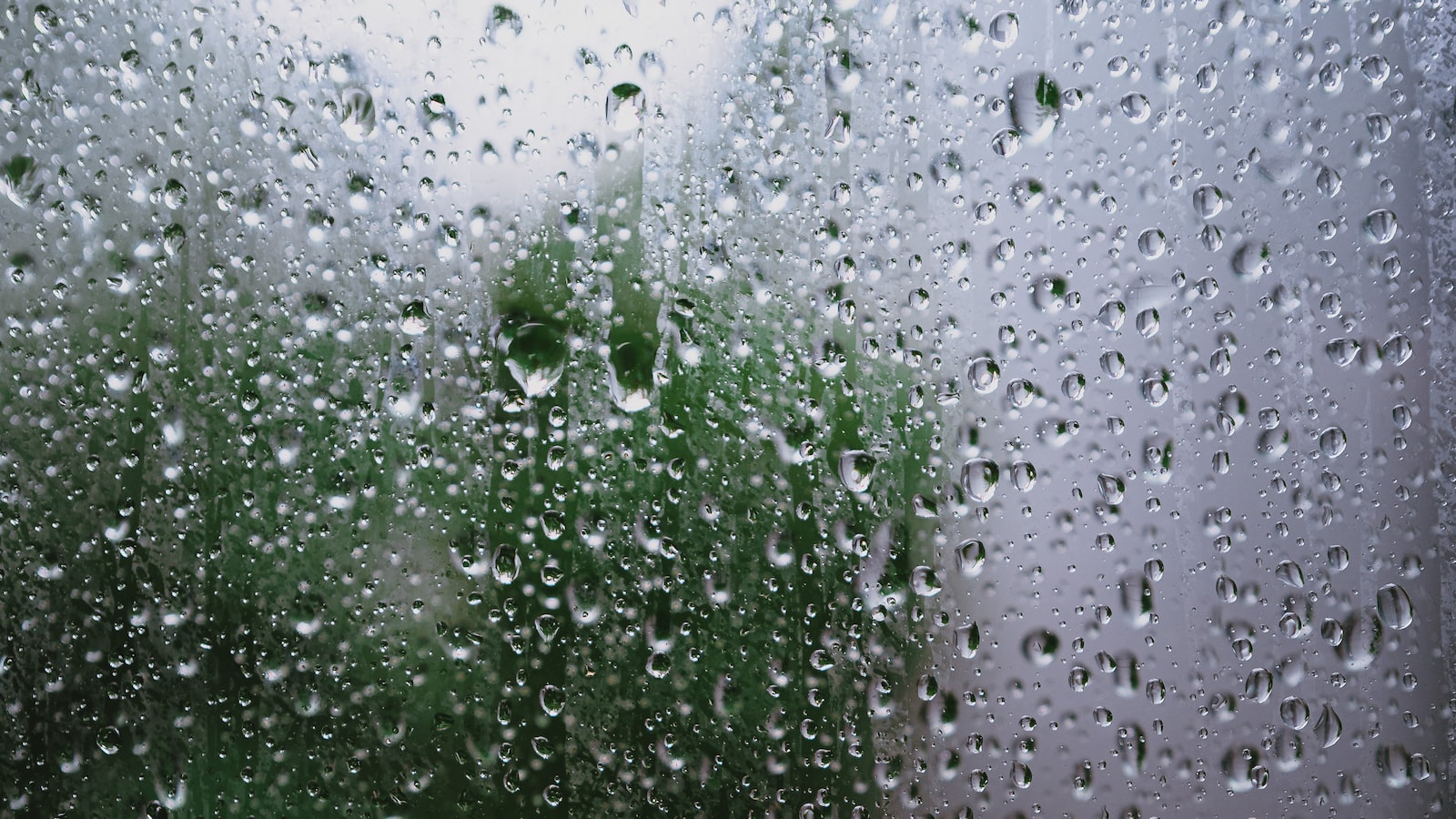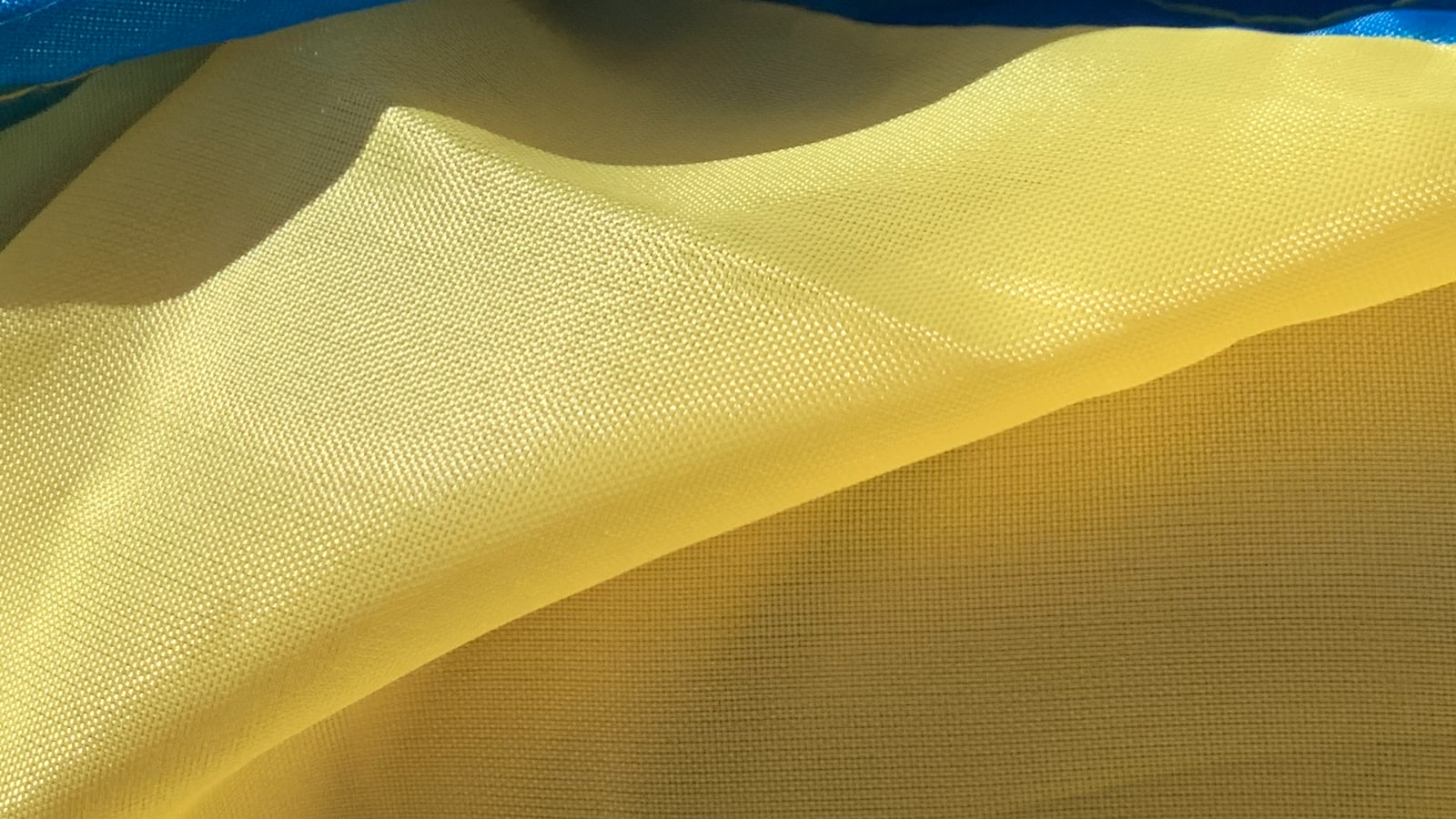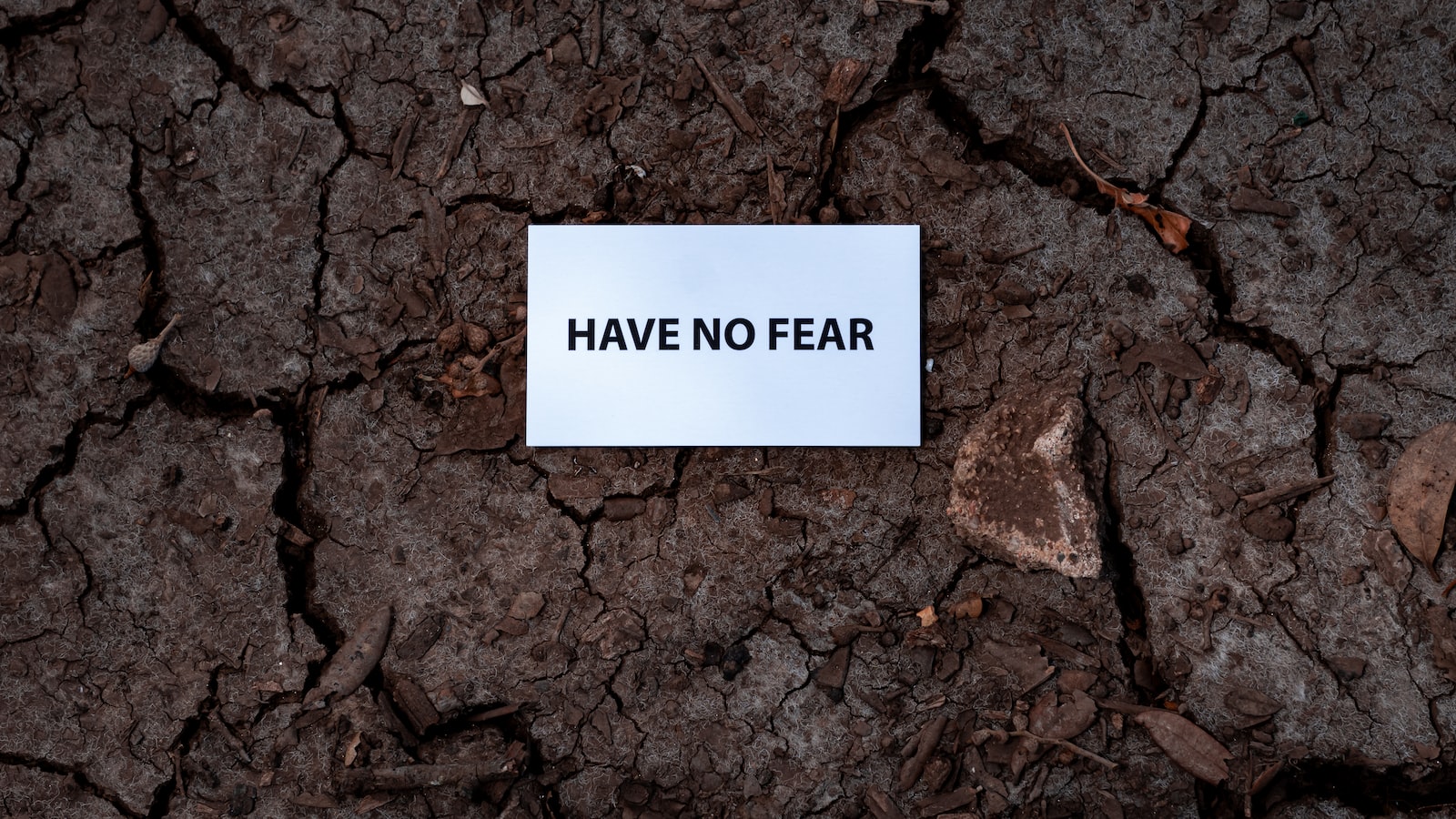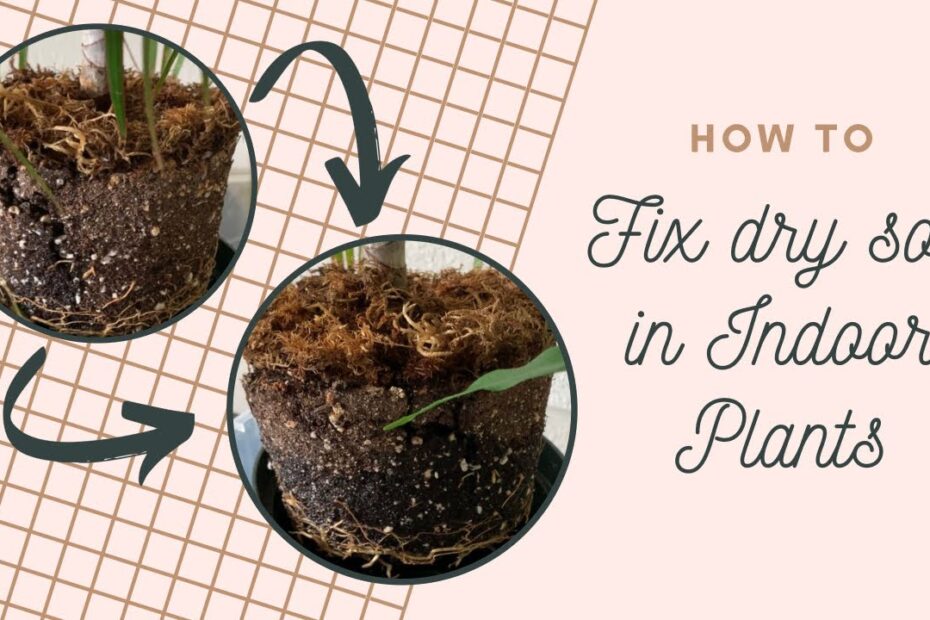In the moist bowels of gardening mysteries, hidden amidst the lush greenery, lies a predicament that keeps many a gardener awake at night – the perplexing conundrum of soil that simply refuses to dry out. As the heavens weep upon our earth, showering it with their benevolent liquid embrace, we expect our soil to share but a fleeting moment of moisture, before returning to its arid state. But alas, some soils defy the natural order, clutching onto their dampness with an iron grip, leaving us wandering amidst damp carpets and puzzled expressions. Today, dear green thumbs, we unravel the enigma behind this soggy scenario and seek to understand why on Earth our soil refuses to bid farewell to its moisture content. So, without further ado, let us embark on this journey of botanical queries and unlock the secrets that lie beneath the unyielding wetness of our soil.
Understanding the Causes of Excess Moisture Retention in Soil
Excess moisture retention in soil can be a frustrating problem for gardeners and homeowners alike. If you find yourself constantly battling soggy soil that just won’t dry out, understanding the causes behind this issue can help you take the necessary steps to correct it. Here are some common factors that contribute to soil retaining excess moisture:
-
Soil Composition: The composition of your soil plays a significant role in its ability to retain moisture. Soils with a high clay content tend to retain water more readily, while sandier soils tend to drain more quickly. Understanding the type of soil you have will help you better manage moisture levels.
-
Poor Drainage: Insufficient drainage is another leading cause of excess moisture retention in soil. If your soil lacks proper drainage channels, water can become trapped, leading to long-lasting saturation. Compacted soils, heavy foot traffic, or improper grading of the land are all factors that can impede water movement and exacerbate the issue.
To address the problem of excess soil moisture retention, here are some helpful features and tips to consider:
| Features/Tips | Description |
|---|---|
| Soil Enhancements | Incorporate organic matter such as compost or peat moss into your soil to improve its structure and promote better water drainage. Additionally, adding gypsum can help break up heavy clay soils, allowing for improved water movement. |
| Raised Bed Gardening | Creating raised beds can help improve drainage by providing a well-drained growing area above the ground. Fill the beds with loose, well-draining soil to encourage excess moisture to flow away from plant roots. |
| Mulching | Applying a layer of organic mulch, such as wood chips or straw, to the surface of the soil can help regulate moisture levels. Mulch acts as a protective barrier, reducing water evaporation while allowing excess moisture to drain away more effectively. |
By addressing the causes of excess moisture retention, implementing soil enhancements, and following these gardening tips, you can help ensure a healthier, well-drained environment for your plants to thrive in. Remember, a little understanding goes a long way when it comes to maintaining optimal soil moisture levels.

Examining Soil Composition and Drainage Factors
Soil composition and drainage are two vital factors that can greatly influence the drying out process in your garden. If you find yourself wondering why your soil seems to take forever to dry out after rainfall or watering, there may be a few things to consider. First and foremost, it’s important to understand the composition of your soil and how it affects drainage. Different soil types have varying levels of water retention, with clay soils being more compact and prone to poor drainage, while sandy soils are more porous.
Additionally, the presence of organic matter in your soil can also impact its drying out time. Organic matter, such as decomposed leaves or compost, acts as a sponge, absorbing and holding on to moisture. While this is beneficial for retaining moisture during dry periods, it can also slow down the drying out process. Therefore, it’s important to find a balance and ensure your soil has adequate drainage to prevent waterlogging.
Here are some features and tips to consider when examining your soil composition and drainage factors:
| Feature/Tips | Description |
|---|---|
| Bulb test | Before planting, dig a hole and fill it with water. Observe if the water drains out within 24 hours. If not, it indicates poor drainage. |
| Amending soil | Adding organic matter, like compost or peat moss, can enhance soil structure and increase drainage in clayey or compacted soils. |
| Raised beds | Creating raised beds or mounded soil can promote better drainage, especially for areas with heavy clay soils. |
By examining these factors and implementing suitable measures, you can help ensure that your soil dries out at an appropriate rate, allowing your plants to thrive. Remember, finding the right balance between retaining moisture and providing adequate drainage is the key to a healthy garden.
How to Improve Soil Drainage for Optimal Drying
If you find yourself constantly scratching your head, wondering why your soil just won’t dry out, fear not! We’ve all been there. Whether it’s due to heavy rain, clay soils, or poor drainage, there are several factors that can contribute to soil not drying out properly. But fear not, for we have the solutions to help you improve your soil drainage and achieve optimal drying.
One key factor to consider is the composition of your soil. If you have heavy clay soils, they tend to hold water for longer periods, making it difficult for them to dry out. Adding organic matter, such as compost or well-rotted manure, can help improve the soil structure, allowing for better drainage and faster drying. Incorporating these organic materials into your soil will not only improve aeration but also enhance its ability to retain moisture without excess saturation.
Another tip to ensure better soil drainage is to create raised beds or mounds. Elevating your soil surface can prevent water from pooling and help it drain more effectively. Utilizing a slope in your garden design can also aid in directing excess water away from the surrounding area. Additionally, strategic placement of drainage channels or pipes can help redirect water and prevent it from saturating the soil excessively.
To summarize, improving soil drainage for optimal drying involves addressing soil composition and implementing techniques such as adding organic matter, creating raised beds, and redirecting excess water. By taking these steps, you’ll be well on your way to achieving a well-drained soil that dries out efficiently, promoting healthier plants and an overall thriving garden. Remember, a little bit of know-how and a touch of creativity can go a long way in transforming your “why is my soil not drying out” conundrum into a thing of the past. Happy gardening!
| Features | Tips |
|---|---|
| Organic Matter | Add compost or well-rotted manure to improve soil structure and drainage. |
| Raised Beds or Mounds | Elevate your soil’s surface to prevent water pooling and promote better drainage. |
| Drainage Channels or Pipes | Strategically place drainage systems to redirect excess water away from the soil. |

Implementing Effective Techniques for Soil Drying
If you find yourself wondering why your soil refuses to dry out, don’t fret! We’ve all been there, watching our waterlogged garden beds struggle to drain properly. But fear not, for we have some effective techniques that will have your soil drying out in no time. With a little patience and these helpful tips, you’ll be back to working with well-drained soil in no time!
First and foremost, it’s important to assess the cause of the excess moisture in your soil. Is it due to heavy rainfall, poor drainage, or overwatering? Determining the root cause will help you tailor your approach to soil drying. One effective technique is to create drainage channels or trenches around the affected area, allowing the excess water to flow away. Additionally, incorporating organic matter such as compost or sand can improve the soil structure and promote better drainage. Make sure to amend the soil evenly to ensure balanced drying throughout. Another technique is to provide adequate airflow by thinning out crowded plants or removing any obstructing debris. This allows the soil to receive more sunlight and air circulation, aiding in the drying process. Remember to monitor the moisture levels and adjust watering accordingly, ensuring that your soil doesn’t become oversaturated again. By implementing these techniques, you’ll be well on your way to a garden with well-drained and evenly dried soil.
Features and Tips:
| Feature/Tips | Description |
|---|---|
| Drainage Channels | Create channels or trenches around the affected area to allow excess water to flow away. This promotes better drainage and can prevent waterlogging. |
| Incorporate Organic Matter | Amend the soil with organic matter such as compost or sand to improve the soil structure. This helps with drainage and water absorption, allowing the soil to dry more effectively. |
| Provide Adequate Airflow | Thin out crowded plants and remove obstructing debris to allow for increased airflow. This helps the soil receive more sunlight and circulation, aiding in the drying process. |
Implementing these features and tips will aid you in your quest for achieving effectively dried soil. Remember, consistency is key, and with time, patience, and these techniques, you’ll soon have soil that is well-drained and ready for optimal growth. Get ready to dig your hands into healthy, thriving plants once again!
Frequently Asked Questions
Q: Why is my soil not drying out?
A: Unearthing the Secrets of Moisture-Laden Soil
Q: Why does my soil refuse to dry, even after days of sun?
A: Unveiling the Enigmatic Moisture Lock in Your Soil
Q: Is there a scientific reason behind my soil’s stubborn moisture levels?
A: Delving into the Mysteries of Never-ending Dampness in Your Garden As we wade through the mysterious realms of gardening, we occasionally find ourselves entangled in the enigma of soil that refuses to dry out. What once seemed like a straightforward task now unfolds into a perplexing puzzle, leaving us scratching our heads in bewilderment. But fear not, dear readers, for while we may not have discovered the secret to drying out your soil, we have embarked upon a journey of exploration and enlightened understanding.
Throughout this article, we dived deep into the muddy depths of this conundrum, exploring every nook and cranny of potential causes to this soggy ordeal. We unraveled the mystery behind improper soil composition, a tangled mess of excessive organic matter, and sinister underground water sources lurking beneath the surface. We even dared to question the very nature of Mother Earth herself, wondering if she was purposefully playing tricks on us with her relentless moisture.
Alas, despite our relentless pursuit, we found that sometimes nature just loves to keep us guessing. While we may have not completely unraveled the secret code of damp soil, we have acquired a profound respect for the intricate balance within our gardens. We discovered that sometimes it’s not about finding the answer, but rather accepting the unique quirks that each parcel of earth possesses.
So, as gardeners, we must be willing to adapt, to embrace the peculiarities of our beloved soil. For behind every setback lies an opportunity to learn, to experiment, and to grow. Perhaps it’s time to let go of our expectations and surrender to the whims of nature. As the poet Robert Frost once so eloquently said, “The best way out is always through.”
And so, dear readers, let this article serve as a gentle reminder that while the soil may not always follow our desired script, it merely presents an invitation for us to expand our knowledge, our patience, and our love for this magical world of horticulture. So don your gardening gloves, roll up your sleeves, and embrace the unpredictable journey that awaits. After all, in the end, the earth will forever hold its mysteries, revealing them only to those who are willing to listen and dance to its ever-changing rhythm.
- When to Put Weed and Feed on Lawn in Michigan - October 16, 2023
- When to Fertilize Potatoes Plants - October 16, 2023
- Can You Plant Clover in the Spring - October 16, 2023

